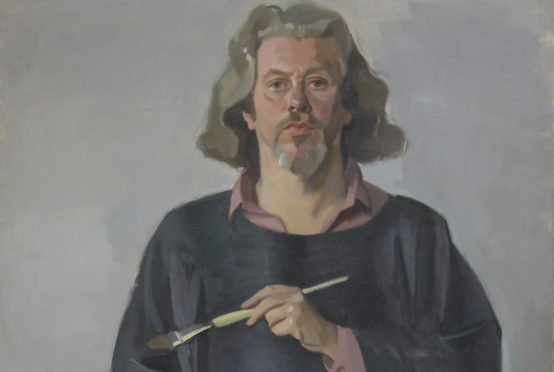
Scots artist Alexander Goudie is to be celebrated at a new exhibition in Edinburgh.
An Artist’s Life, Act 1 will open at the capital’s Scottish Gallery in July, looking at the painter’s early career.
Goudie, who died in 2004, was part of a generation of influential painters who graduated from Glasgow School of Art in the 1950s.
The exhibition charts his beginnings as the son of a plumber in post-war Paisley, his student years in Glasgow and his early career, a period in which he embarked upon a life-long project to document the evolving landscape and culture of his wife’s homeland, Brittany.
His son Lachlan, himself an acclaimed artist and broadcaster, said of his father: “To his last breath he was an unreconstructed romantic, an egomaniac, an artist immersed in the tradition of painting.
“His was a life dedicated to colour and painterly flamboyance, an eye and a hand that documented his most valued experiences with unrivalled skill.
“I will always be his apprentice.”
Artist Lachlan Goudie on how his daughter inspired him to hit the canvas and beat lockdown lethargy
After displaying an exceptional talent for drawing and painting, Alexander Goudie was given special dispensation to enter the Glasgow School of Art at the unusually young age of 16.
Fellow students from this period have described him as ‘a bit of a rock star’ and he was awarded the school’s Newbery Medal in 1955.
In the late 1950s, Goudie travelled to France and Franco’s Spain for the first time, where he was awe-struck by the great art collections of Paris, Madrid and Toledo.
He absorbed the influence of artists like Picasso, Manet, Velázquez and El Greco and, when he returned home to the drab cultural landscape of post-war Scotland, he was inspired to create paintings that promised escapism, sensuality and beauty.
Through the work he produced in his studio, in a Victorian palazzo in Glasgow, he established an enviable reputation.
He became a prominent and charismatic figure in the art scene, sought after for his portraits with sitters ranging from Lord Chancellors and business tycoons to the Queen and Billy Connolly.
He alternated painting portraits of businessmen, celebrities and royalty with portraying rural farmers and trawlermen in Brittany, where he travelled for two months every summer from 1961.
The upcoming exhibition reveals an unseen archive of sketches and paintings which Goudie produced in his adoptive homeland, and which would form the basis of one of the biggest projects of his later career, the décor of the 25,000 tonne Brittany Ferries flagship Bretagne.
Guy Peploe, director at The Scottish Gallery, added: “No project was too grand: a commission for all the artwork and designs for the interiors of a giant ship from Brittany Ferries; Strauss’s Salome or Burns’ Tam o’Shanter.
“The artist thought big but honed his aesthetic to the last flourish, for a highlight on a ceramic jug or vital pentimento in a life drawing; attention to detail was obsessive and his art was an extension of his personality.
“From the declaration explicit in his early portraits that says: ‘I have arrived,’ to the touching depiction of the children, to his love letter in paint to his Breton wife Maïnée, to accomplished easel paintings and designs and sketches fizzing with creative energy, the personality of the painter is not hard to find and forms a vital, recently overlooked contribution to post-war Scottish art.”
A 2024 exhibition will consider his later career and bigger theatrical projects.

Enjoy the convenience of having The Sunday Post delivered as a digital ePaper straight to your smartphone, tablet or computer.
Subscribe for only £5.49 a month and enjoy all the benefits of the printed paper as a digital replica.
Subscribe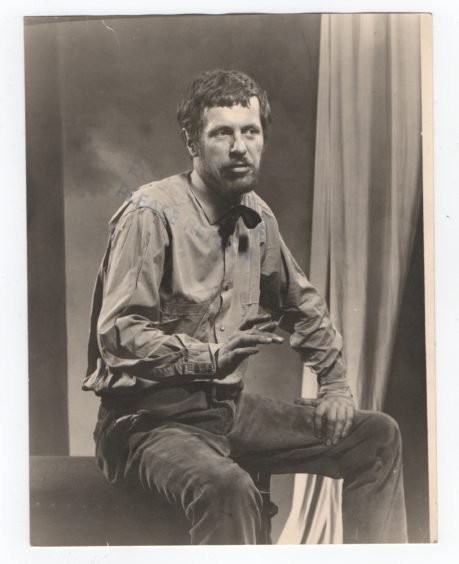 © Goudie Estates
© Goudie Estates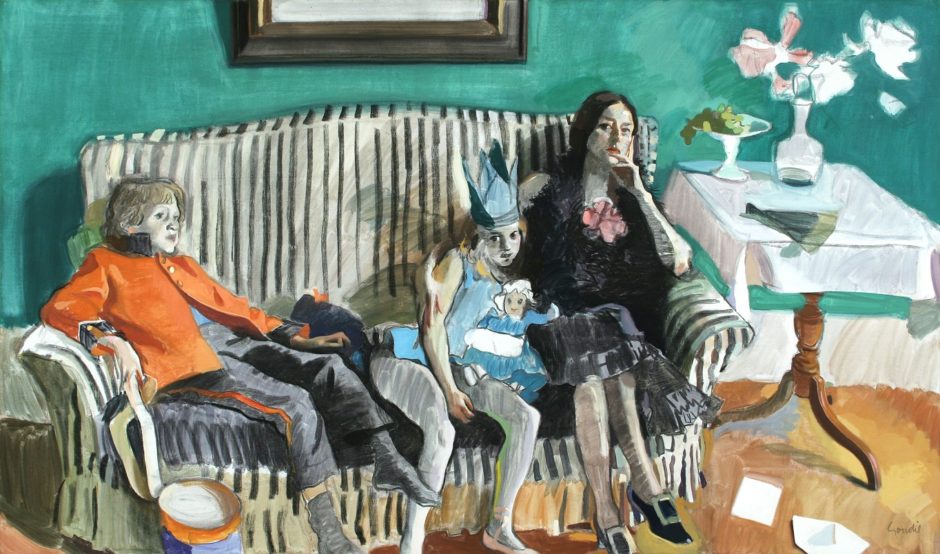 © Goudie Estate
© Goudie Estate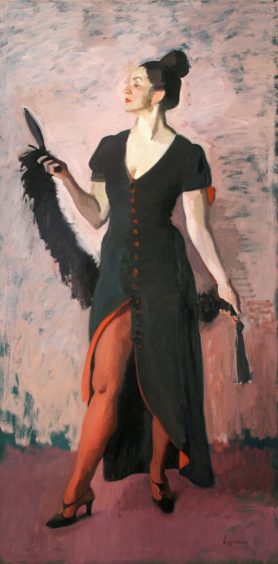 © Goudie Estate
© Goudie Estate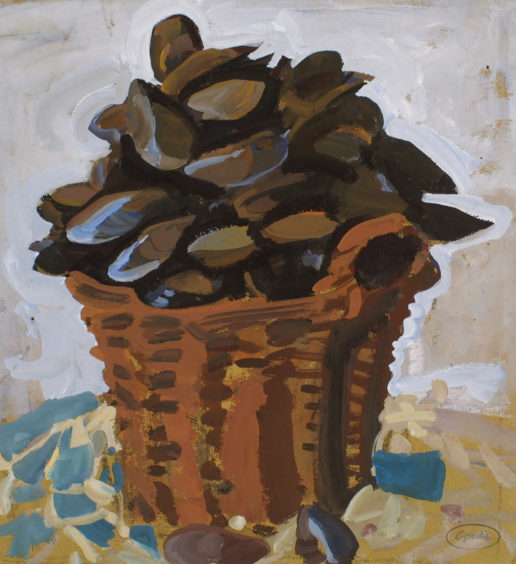 © Goudie Estate
© Goudie Estate